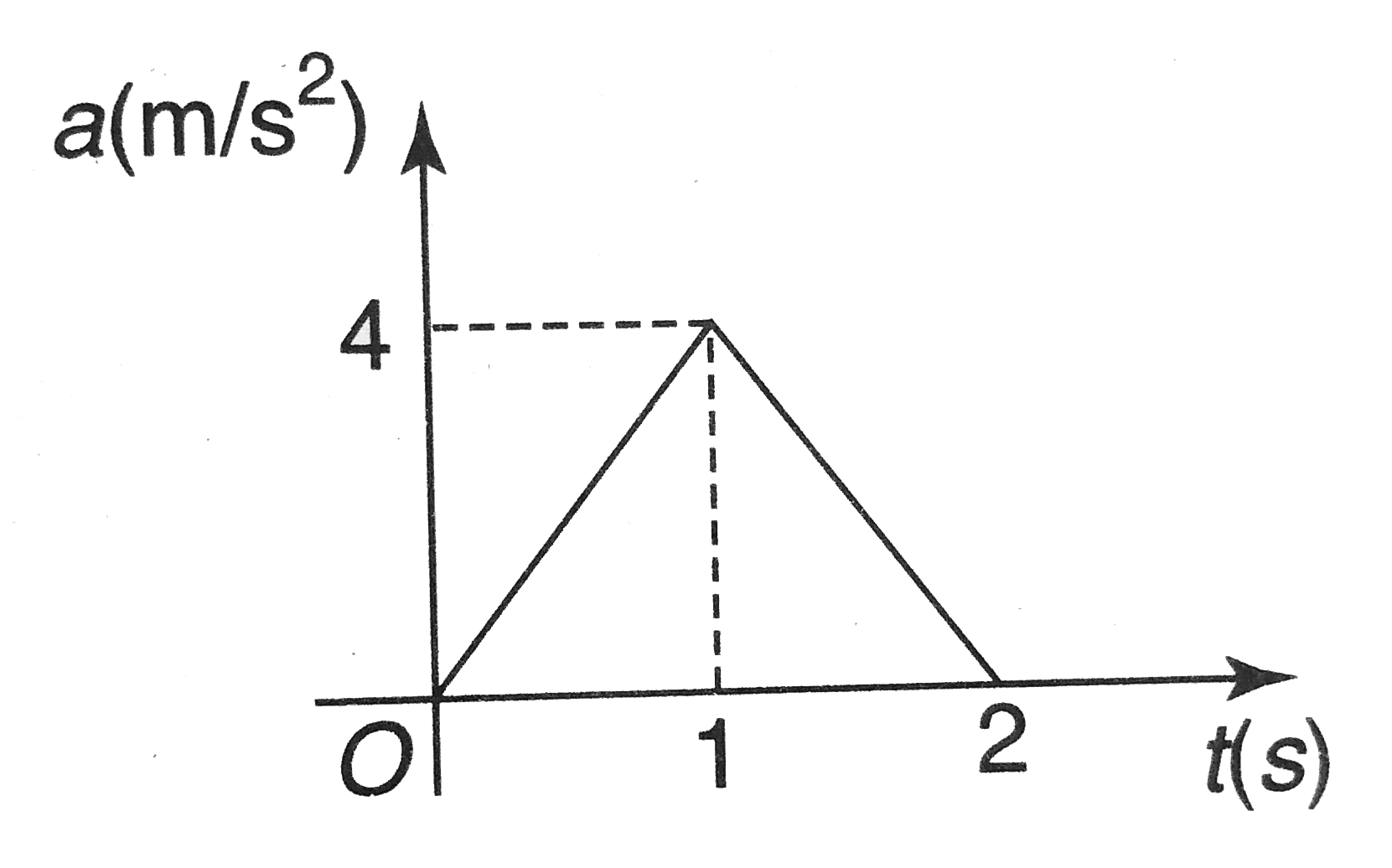The time taken by a particle performing SHM on a straight line to pass from point A to B where its velocities are same is 2 seconds .After another 2 seconds it return to B The time period of oscillation is (in seconds)
2
4
6
8
The correct Answer is:D
From the given information it can be inferred that points A and B are equidistant from mean position
Hence from diagram it is clear that time period of oscillation is =2+2×2+2=8 second.

Topper's Solved these Questions
- DAILY PRACTICE PROBLEMBOOK - RESONANCECHAPTER - DAILY PRACTICE PROBLEMEXERCISE - DPP No.26
9 Videos
- DAILY PRACTICE PROBLEMBOOK - RESONANCECHAPTER - DAILY PRACTICE PROBLEMEXERCISE - DPP No.27
20 Videos
- DAILY PRACTICE PROBLEMBOOK - RESONANCECHAPTER - DAILY PRACTICE PROBLEMEXERCISE - DPP No.24
9 Videos
- CURRENT ELECTRICITYBOOK - RESONANCECHAPTER - CURRENT ELECTRICITYEXERCISE - High Level Problems (HIP)
21 Videos
- ELECTRO MAGNETIC WAVESBOOK - RESONANCECHAPTER - ELECTRO MAGNETIC WAVESEXERCISE - Exercise 3
27 Videos
Similar Questions
The time period of oscillation is 1 second. Its frequency = ………..Hz.
View SolutionAssertion : A particle performing SHM at certain instant is having velocity v. It again acquire a velocity v for the first time after a time interval of T second. Then the time period of oscillation is T second.
Reason : A particle performing SHM can have same velocity at two instants in one cycle.
View Solution
Knowledge Check
The time taken by a particle performing SHM on a straight line to pass from point A to B where its velocities are same is 2 seconds . After another 2 second it returns to B .The time peroid of oscillation is (in seconds):
A2B4C6D8The time taken by a particle performing SHM to pass from point A and B where it is velocities are same is 2:3. After another 2 s it returns to B. The time period oscillation is (in seconds)
A2B8C6D4The time taken by a particle performing SHM to pass from point A to B where its velocities are same is 2s. After another 2s it returns to B. The ratio of distance OB to its a amplitude (where O is the mean position) is
A1:√2B(√2−1):1C1:2D1:2√2
The displacement of a particle performing a S.H.M. is given by x=0.5sin100π(t+0.05), where x is in metres and t is in second. Its periodic time in second is
View SolutionThe acceleration-time graph of a particle moving in a straight line is as shown in figure. The velocity of the particle at time t=0 is 2m/s. The velocity after 2 seconds will be

View SolutionThe phase of a particle performing S.H.M. increases by π/2 after every 4 seconds. Its time period of oscillation is
View SolutionA particle performs SHM in a straight line. In the first second, starting from rest, it travels a distance a and in the next second it travels a distance b in the same direction. The amplitude of the SHM is
View SolutionThe velocity - time graph of a particle moving along a straight line is shown in the figure given below

The displacement of the particle in 5 second is
View Solution
